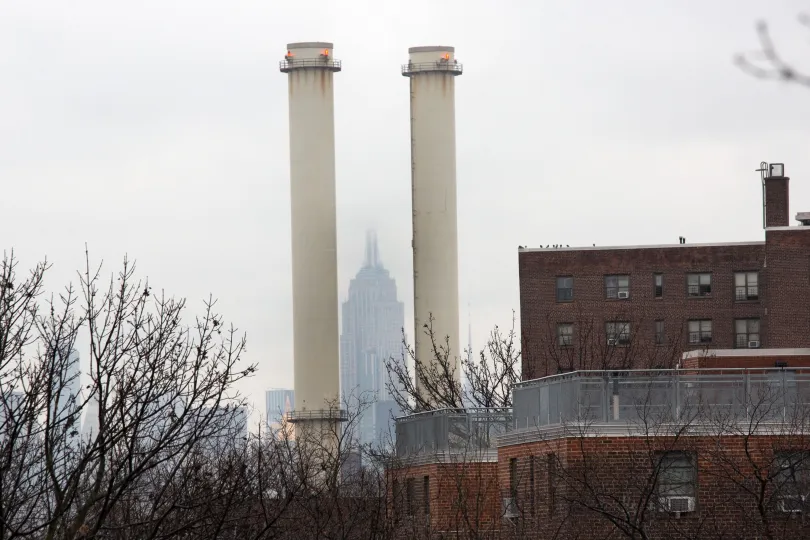Albany Lawmakers Plot Climate Priorities and Ways to Find Green
Finally armed with a roadmap for how to achieve the environmental mandates outlined by a sweeping new state law, it’s now up to legislators to advance those policies.

 This article was originally published on by THE CITY
This article was originally published on by THE CITY
When it comes to state climate action, the ball’s in Albany’s court, and by all appearances, lawmakers are still figuring out how to shoot it.
New York passed its nation-leading climate law over three years ago. Just last year, a state group finalized its scoping plan or “blueprint” for achieving the mandates of that law. And Gov. Kathy Hochul kicked off 2023 by laying out her climate priorities in the State of the State address last week.

Brooklyn Boro
View MoreNew York City’s most populous borough, Brooklyn, is home to nearly 2.6 million residents. If Brooklyn were an independent city it would be the fourth largest city in the United States. While Brooklyn has become the epitome of ‘cool and hip’ in recent years, for those that were born here, raised families here and improved communities over the years, Brooklyn has never been ‘uncool’.